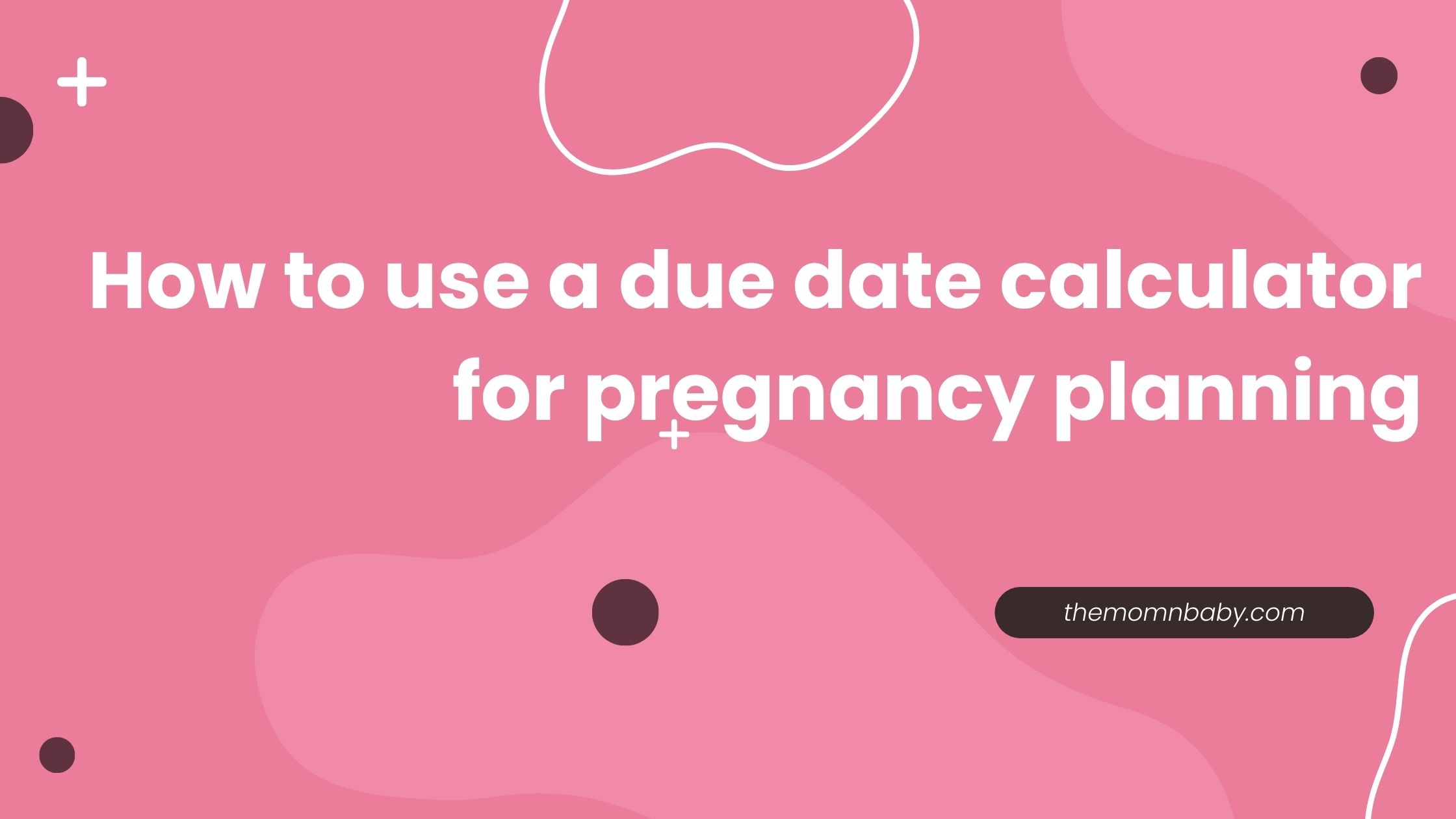
Becoming Parents is Special
Having a baby and becoming a parent is a really emotional and personal journey. But sometimes, it’s not easy, and some people need special help.
This help can come in the form of a special technique called Frozen Embryo Transfer, or FET. It’s like a super important option for people who want to have a baby but are finding it hard because of issues like not being able to get pregnant.
Exploring Frozen Embryo Transfer (FET) Procedure : A Path To Parenthood
In this article, we’re going to talk about FET. We’ll cover what it is, how it works, and what happens when you choose it to help you have a baby. So, let’s get started.
What Is Frozen Embryo Transfer (FET)?
Frozen Embryo Transfer, often abbreviated as FET, is a specialized fertility treatment within the realm of assisted reproductive technology (ART). It involves the transfer of cryopreserved embryos into a woman’s uterus with the goal of achieving a successful pregnancy.
Using Donor Embryos with Frozen Embryo Transfer (FET)
When we talk about using donor embryos with Frozen Embryo Transfer (FET), it means there are different ways to do it. Imagine you need a little help to have a baby, and someone else is kindly offering their help. Here are a few ways they can help:
- Full Embryo Donation: This is when someone gives you the whole package – an embryo that’s ready to be put in your uterus to grow into a baby.
- Egg Donation: In this case, someone donates just the egg. It can be mixed with your partner’s sperm, and then the embryo is frozen for later.
- Sperm Donation: Here, it’s the sperm that’s donated. It can be used to fertilize your egg, and then the embryo is frozen.
So, it’s like having different options for getting the special ingredients you need to have a baby when things aren’t working out the usual way.
About Frozen vs. Fresh Embryo Transfer
When it comes to putting embryos into a woman’s uterus to try and make a baby, there are two main ways: “fresh” and “frozen.”
– Fresh Embryo: This means using an embryo right away, without freezing it. It’s good for some people, especially if they’re younger and the embryos look healthy.
– Frozen Embryo: Here, the embryos are frozen for later use. This can be helpful for older patients or when the embryos need special testing.
Research tells us that both methods work pretty much equally well. Some studies say fresh embryos might have a tiny advantage, but it’s not a big deal. In certain situations, using frozen embryos might even give a slightly better chance of having a baby.
Some doctors suggest using the “freeze all” approach. It means they freeze all the embryos and wait a month or so before trying to put them in the uterus. This way, they can be sure everything is just right for the best chance of making a baby. It’s like saving the embryos for a better time.
You might think that using fresh embryos for IVF is better than frozen ones, but that’s not always true. In fact, using frozen embryos is just as good, or sometimes even better, than using fresh ones. Whether frozen embryos are right for you depends on your unique situation. Your doctor knows best and can tell you what’s best for you.
Why Choose Frozen Embryo Transfer (FET)?
FET offers several advantages that make it a preferred choice for many individuals and couples:
- Improved Timing: Frozen Embryo Transfer (FET) allows for precise timing of embryo transfer, increasing the chances of a successful implantation.
- Cryopreserved Embryos: Embryos can be frozen and stored for future use, preserving the opportunity for pregnancy even if previous attempts were unsuccessful.
- Reduced Medication: Frozen Embryo Transfer (FET) typically involves fewer medications and hormonal treatments compared to fresh embryo transfer.
- Better Pregnancy Outcomes: Studies have shown that, in some cases, Frozen Embryo Transfer (FET) may result in higher pregnancy rates and lower risk of complications.
Also Read : This magical diet can improve your fertility
The Frozen Embryo Transfer (FET) Procedure: Step by Step
Steps of Frozen Embryo Transfer (FET)
- First Check-Up: Before starting the process, both partners have a thorough check-up to make sure they’re healthy and their bodies are ready. They do tests to check hormones, the woman’s uterus, and the man’s sperm.
- Timing Match: If the woman’s natural period timing isn’t right for the embryo, they give her special medicines to make sure everything matches up with the embryo’s schedule.
- Thawing the Embryos: They gently warm up the frozen embryos to make sure they’re okay and ready to grow.
- Choosing the Best Embryos: Doctors look at the embryos and pick the healthiest ones to use.
- Embryo Placement: Using a tiny tube, they gently put the chosen embryos into the woman’s uterus. It doesn’t hurt much, and you don’t need to be asleep for it.
- Extra Hormones: The woman might get some special hormones, like progesterone, to help the inside of her uterus be just right for the embryo to stick and grow.
- Pregnancy Test: About 10-14 days later, they do a blood test to see if the woman is pregnant.
Also Read : Age And Fertility: The Impact Of Age On Implantation
What to Expect During Frozen Embryo Transfer (FET)?
– Minimal Discomfort: FET is generally a well-tolerated procedure with minimal discomfort. May be you experience mild cramping or bloating.
– Normal Activities: Most women can resume their normal activities immediately after the procedure.
– Emotional Rollercoaster: The FET journey can be emotionally challenging. It’s essential to have a support system in place to help cope with the ups and downs.
Risks of FET :
- Multiple Pregnancies: FET can lead to twins or more, which may sound good, but it carries more risks for both the mother and babies.
- Ovarian Hyperstimulation Syndrome (OHSS): Rare but possible, OHSS can cause pain, swelling, and fluid buildup in the abdomen or chest. FET has a lower risk of OHSS compared to fresh embryo transfers.
- Ectopic Pregnancy: Though uncommon, FET can result in ectopic pregnancy, where the embryo grows outside the uterus, often in the fallopian tube. It’s dangerous and needs immediate medical attention.
- Emotional Stress: Fertility treatments, like Frozen Embryo Transfer (FET), can be emotionally tough. Waiting for results and the procedure’s outcome can be hard on your mental health.
Also Read :
Cost of FET in India
The cost of FET in India can vary significantly depending on various factors:
- Location: Fertility treatment costs may differ between cities and regions in India. Major metropolitan areas tend to have higher prices.
- Fertility Clinic: The choice of the fertility clinic can impact the cost. Established and well-known clinics may charge more than smaller or less-known facilities.
- Treatment Protocol: The specific treatment plan, including the type and dosage of medications used, can affect the overall cost.
- Number of Cycles: Some individuals or couples may require multiple FET cycles to achieve a successful pregnancy, which increases the overall cost.
- Additional Services: Additional procedures or services, such as pre-implantation genetic testing (PGT) or assisted hatching, can add to the total expenses.
- Insurance Coverage: Check if your health insurance covers any part of fertility treatments, as this can significantly reduce costs.
As a rough estimate, the cost of a single FET cycle in India can range from INR 60,000 to INR 2,00,000 or more, depending on the above factors. It’s essential to consult with a fertility clinic to get a personalized cost estimate and discuss any available financial assistance or payment plans.
Before undergoing FET, it’s crucial to thoroughly discuss the risks, costs, and potential outcomes with a qualified fertility specialist in India. They can provide tailored guidance and help you make informed decisions regarding your fertility journey.
Frozen Embryo Transfer (FET) Brings Hope for Parenthood
FET is a fantastic way for people who are finding it hard to have a baby. It’s not for everyone, but it has helped many families become parents. If you’re thinking about FET, talk to a fertility expert. They’ll give you advice and help you on your journey to becoming a family. Every step you take gets you closer to the chance of having a new little one in your home.
Frequently Asked Questions About Frozen Embryo Transfer (FET):
Q. Who is a suitable candidate for FET?
– Answer: FET is often recommended for individuals or couples who have undergone IVF, have surplus embryos, or need to delay embryo transfer for medical reasons. It’s also an option for those who want to try again after a failed fresh embryo transfer.
Q. Can I choose the timing of FET to match my schedule?
– Answer: Yes, one of the advantages of FET is that it allows for more flexibility in timing. You can work with your healthcare team to schedule the FET at a convenient time.
Q. Are there any lifestyle changes or precautions to take during Frozen Embryo Transfer (FET)?
– Answer: Your fertility specialist may recommend certain lifestyle changes, such as maintaining a healthy diet, staying active, and avoiding smoking or excessive alcohol consumption to improve your chances of success.
Q. What if Frozen Embryo Transfer (FET) doesn’t result in pregnancy?
– Answer: If FET is not successful, your healthcare team will work with you to explore other options, such as additional FET cycles or alternative fertility treatments, depending on your specific circumstances.





